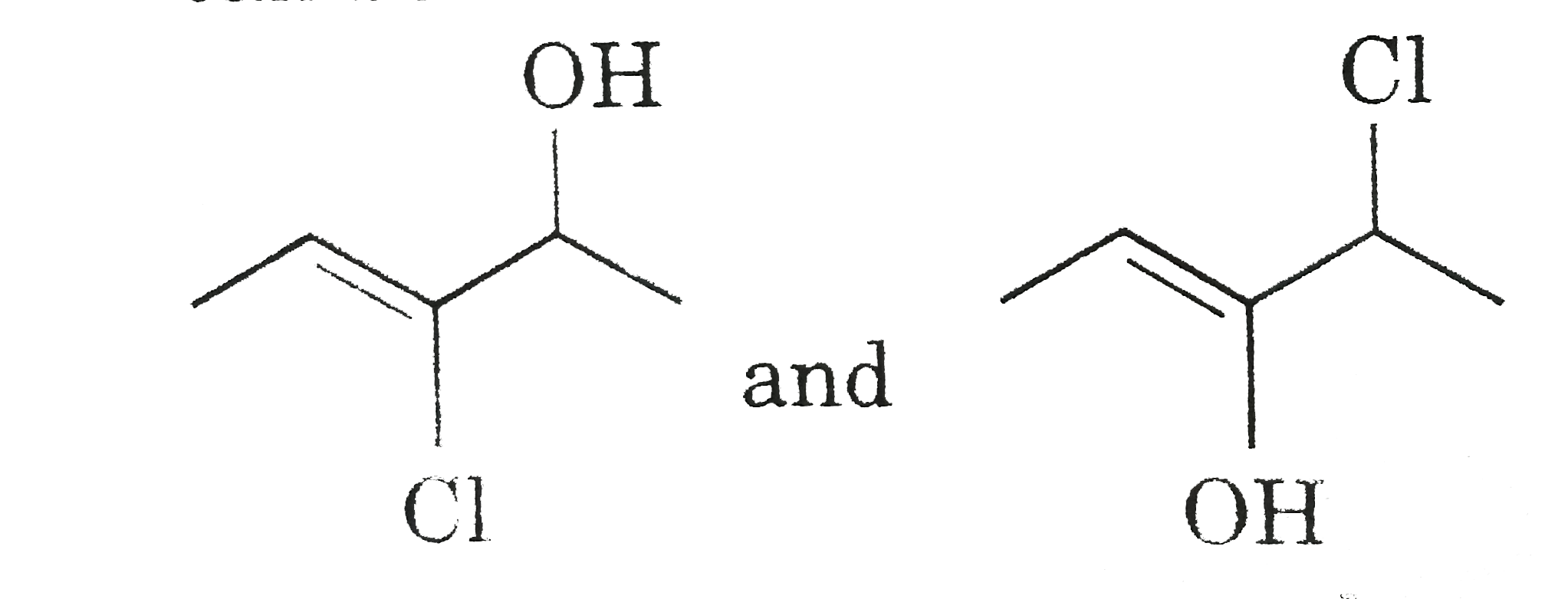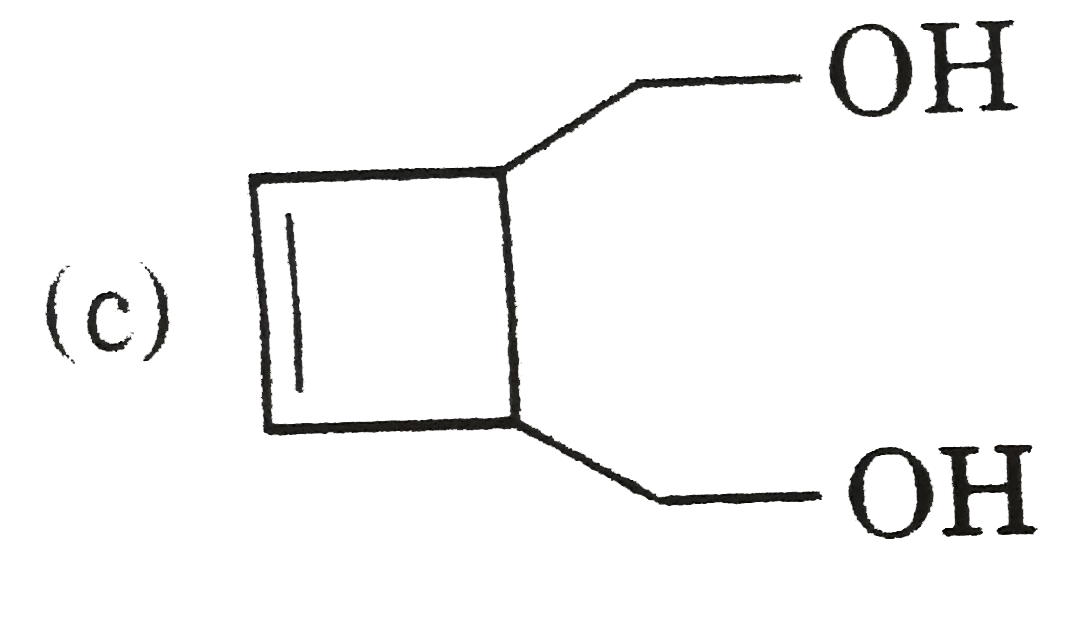Select the correct option
The diameter of a circle divides it into three semi-circles
A simple curve is one that cross itself.
Both (A) and (B)
Neither (A) nor (B)
The correct Answer is:D
Step-by-Step Solution:
1. Understanding Option A: The first option states that the diameter of a circle divides it into 3 semicircles.
- A diameter is a straight line passing through the center of the circle and touching both ends on the circumference.
- When a diameter is drawn, it divides the circle into 2 equal halves, each half being a semicircle.
- Therefore, this statement is incorrect.
2. Understanding Option B: The second option claims that a simple curve is one that crosses itself.
- A simple curve is defined as a curve that does not intersect itself at any point.
- Since the statement in option B contradicts the definition of a simple curve, this option is also incorrect.
3. Evaluating Option C: The third option states that both A and B are correct.
- Since we have established that both options A and B are incorrect, this option cannot be correct either.
4. Evaluating Option D: The fourth option states that neither A nor B is correct.
- Since both options A and B have been proven to be incorrect, this option is indeed correct.
5. Conclusion: The correct answer is option 4, which states that neither A nor B is correct.
- A diameter is a straight line passing through the center of the circle and touching both ends on the circumference.
- When a diameter is drawn, it divides the circle into 2 equal halves, each half being a semicircle.
- Therefore, this statement is incorrect.
- A simple curve is defined as a curve that does not intersect itself at any point.
- Since the statement in option B contradicts the definition of a simple curve, this option is also incorrect.
- Since we have established that both options A and B are incorrect, this option cannot be correct either.
- Since both options A and B have been proven to be incorrect, this option is indeed correct.
Topper's Solved these Questions
- BOOK - SCIENCE OLYMPIAD FOUNDATION CHAPTER - BASIC GEOMETRICAL IDEASEXERCISE - Achievers Section (HOTS)5videos
BASIC GEOMETRICAL IDEAS
- BOOK - SCIENCE OLYMPIAD FOUNDATION CHAPTER - ALGEBRAEXERCISE - ACHIEVERS SECTION (HOTS)5videos
ALGEBRA
- BOOK - SCIENCE OLYMPIAD FOUNDATION CHAPTER - CLASS 6 SAMPLE PAPER FINAL 4EXERCISE - Section A- Mathematics10videos
CLASS 6 SAMPLE PAPER FINAL 4
Knowledge Check
- Question 1 - Select One
Selected the correct option :
A
can be differentiated by Victor Meyer's test.B can be differentiated by Bielstien test.C
can be differentiated by Bielstien test.C
give purple colour with FeCl3Dwith NaOI Me−O∣∣C−O∣∣C−H gives sodium oxalate. - Question 2 - Select One
Selected the correct option
AGenes are located on DNA and proteinBGene is the functional unit of inheritanceCA segment of DNA coding for a polypeptide is called a cistronDBoth (2) and (3)

